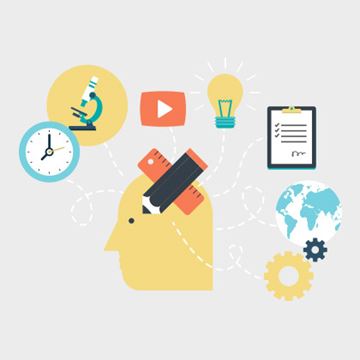Search
An Intelligent Flushing System for Oil or Gas Gathering Systems
Also Purchased
51316-7715-Dead Leg Internal Corrosion Management
Product Number:
51316-7715-SG
ISBN:
7715 2016 CP
Publication Date:
2016
$20.00
51317--9560-Development of a Probabilistic Framework for Integrity and Risk Assessment of Unpigabble Pipelines
Product Number:
51317--9560-SG
ISBN:
9560 2017 CP
Publication Date:
2017
$20.00
Diagnosis of Internal Corrosion in Pipelines Based on Mapping Adverse Operational Conditions
Product Number:
51319-13250-SG
Publication Date:
2019
$20.00
Recently viewed




